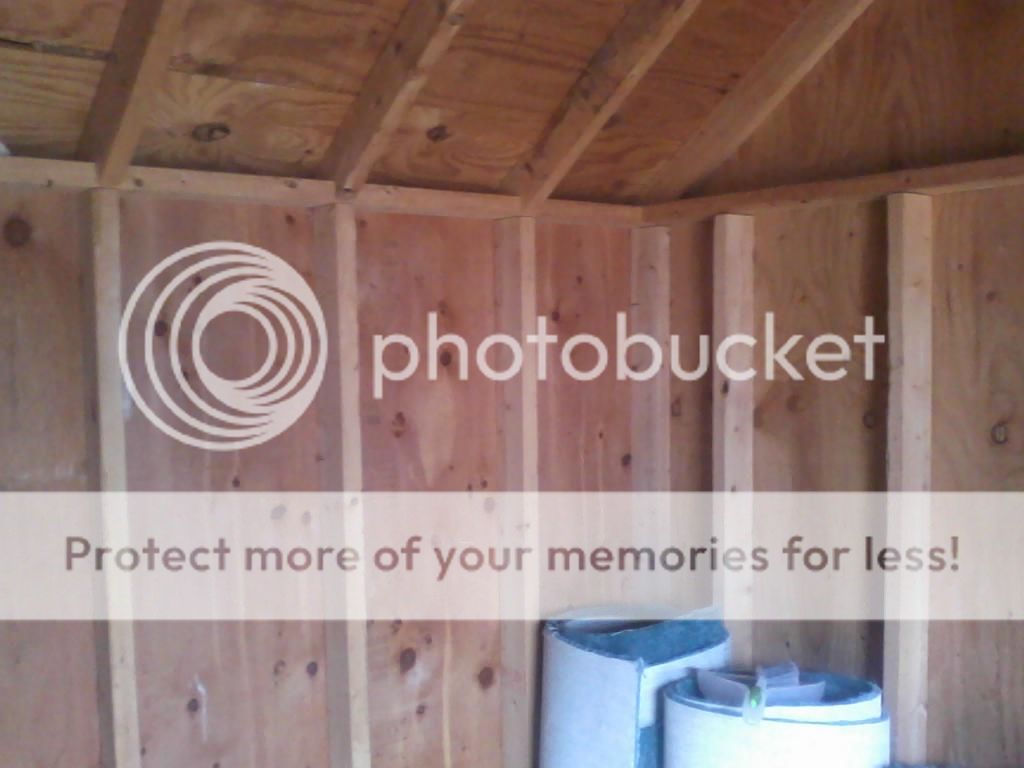I recently moved from a house with a basement and a garage to house with neither. I have a shed in the back yard that I keep my automotive/yard stuff in.
I have to bring my stuff inside in the winter to prevent things like paint, car wash soap and compounds/polishes from freezing.
Does anyone know if adding insulation to an unheated shed would make enough of a difference to keep these types of things outside.
I would cut the insulation to fit between the studs and then cover it with sheets of wood.
Any thoughts are greatly appreciated!

I have to bring my stuff inside in the winter to prevent things like paint, car wash soap and compounds/polishes from freezing.
Does anyone know if adding insulation to an unheated shed would make enough of a difference to keep these types of things outside.
I would cut the insulation to fit between the studs and then cover it with sheets of wood.
Any thoughts are greatly appreciated!

Last edited:
